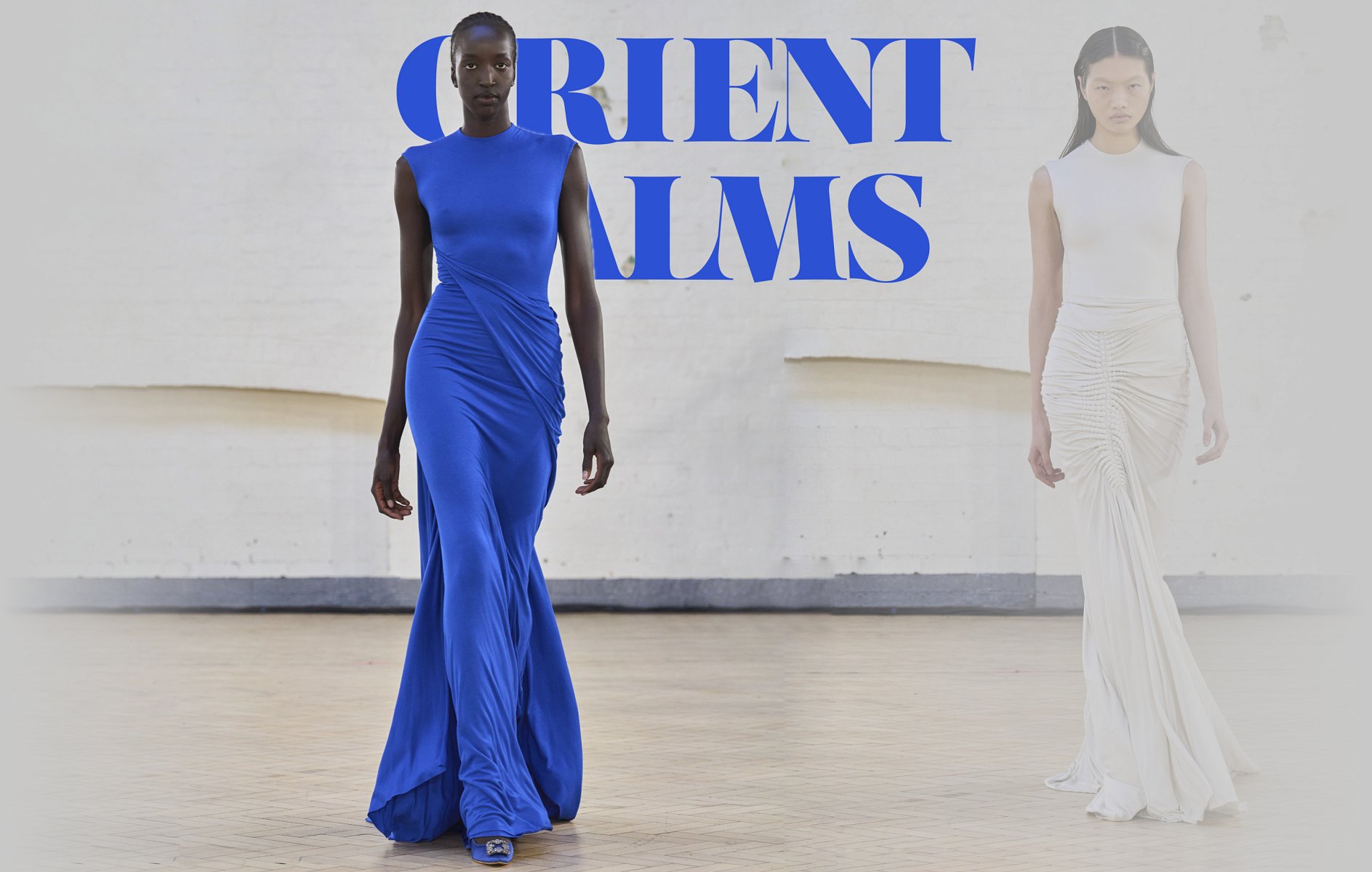Experience the Style of Typical Eastern Outfit
Embark on a trip via the detailed world of traditional Eastern attire, where each garment tells a story woven with social splendor and historical value. Join us as we unravel the keys behind these charming pieces and discover the allure of Eastern attire that has astounded generations. eastern wear pakistan.
History of Eastern Attire
Eastern clothes has an abundant history that goes back centuries, reflecting the varied societies and practices of areas such as Asia and the Center East. The clothes styles in these regions have been influenced by numerous elements such as climate, religious beliefs, social status, and historical events. In Asia, typical attire differs considerably from the colorful saris used in India to the elegant robe of Japan. In a similar way, the Center East boasts a broad range of apparel styles, from the flowing abayas of Saudi Arabia to the detailed kaftans of Morocco.
Throughout history, Eastern attire has not just offered as a form of clothes yet additionally as an icon of social identification and heritage. Today, Eastern clothing proceeds to develop, blending conventional aspects with modern fashion trends to create classic and unique styles.
Significance of Embroidery
Needlework plays a vital role in traditional Eastern clothing, adding detailed information and social value to garments that have been given with generations. In Eastern societies, embroidery is not merely attractive yet holds deep symbolic significances. Each stitch and pattern can communicate tales, ideas, and even social status.
The art of embroidery in typical Eastern attire is a labor-intensive procedure that needs ability and patience. Highly experienced craftsmens carefully hand embroider elaborate designs onto textiles making use of methods that have been refined over centuries. These embroidered styles usually reflect the rich social heritage of the region they stem from, showcasing motifs influenced by nature, mythology, or historical occasions.

Glamorous Fabrics Made Use Of
Glamorous materials play an essential function in boosting the style and luxury of conventional outfit across diverse Eastern societies. Silk, renowned for its soft qualities and luster, is a favored choice for several typical garments due to its elegant feel and capacity to drape gracefully. In countries like India, China, and Japan, silk has a long history of being made use of in conventional clothing, symbolizing riches and standing.
One more extensively made use of elegant textile is brocade, defined by detailed patterns woven right into the product. Brocade adds a touch of elegance to garments and is typically seen in ritualistic attire and formal wear. Velour, with its deluxe structure and rich look, is additionally a preferred option for traditional clothing in Eastern societies, specifically for unique celebrations and festive occasions.
In addition, satin, chiffon, and fabric are frequently utilized for their flowing and lightweight top qualities, adding a feeling of delicacy and style to garments. These glamorous materials not only raise the aesthetic allure of standard Eastern clothing however additionally add to the general allure and beauty of the user.
Workmanship Strategies
Conventional clothes in various cultures showcases impressive craftsmanship techniques that are passed down through generations, highlighting the skill and artistry included in creating these elegant garments. Each needlework, decoration, and stitch is carefully crafted to develop classic pieces that symbolize visit site the cultural heritage and practices of the region. The workmanship techniques used in conventional Eastern attire often involve complex handwork, such as hand weaving, hand embroidery, and hand beading, which need accuracy and focus to information.
Artisans who concentrate on these methods undertake years of training to perfect their skills and master the typical techniques of garment building and construction. Making use of top notch materials combined with expert craftsmanship causes garments that not only look visually sensational however additionally stand the test of time. The devotion to preserving these craftsmanship methods makes certain that each item of traditional Eastern outfit is an artwork, showing the abundant cultural history and heritage of the region.
Ageless Elegance and Elegance

The elaborate embroidery, delicate beadwork, and elegant fabrics made use of in standard Eastern clothes add to its exceptional beauty. The thorough my website workmanship passed down with generations makes sure that every piece informs a story and shows elegance and grace.
Furthermore, the timeless shapes and elegant draping of traditional Eastern clothes include to its long-lasting beauty. The moving lines and sophisticated styles produce a feeling of consistency and equilibrium that is both aesthetically attractive and mentally exciting.
Essentially, the ageless elegance and beauty of standard Eastern clothing function as a testament to the ability and virtuosity of the artisans who dedicate their lives to protecting these elegant sartorial practices. - eastern wear pakistan
Verdict
To conclude, the sophistication of typical Eastern outfit is a testament Bonuses to the rich history, cultural value, and elaborate craftsmanship of the region. From the fancy embroidery to the elegant fabrics and ageless elegance, each garment tells a tale and shows the social identification of its origins. Welcoming Eastern attire allows one to appreciate the virtuosity and style that have actually been given through generations, creating exciting and absolutely exquisite items.
Embark on a trip with the intricate globe of typical Eastern attire, where each garment tells a story woven with social richness and historical value.Needlework plays an important role in traditional Eastern outfit, including complex details and cultural significance to garments that have actually been passed down through generations.Lavish fabrics play a crucial function in enhancing the sophistication and opulence of traditional clothing throughout varied Eastern societies. The workmanship methods made use of in traditional Eastern clothes frequently entail elaborate handwork, such as hand weaving, hand embroidery, and hand beading, which call for accuracy and interest to detail.
In verdict, the beauty of traditional Eastern clothes is a testimony to the rich background, social significance, and elaborate craftsmanship of the area.